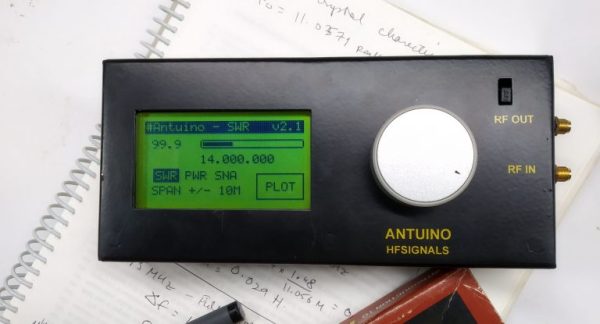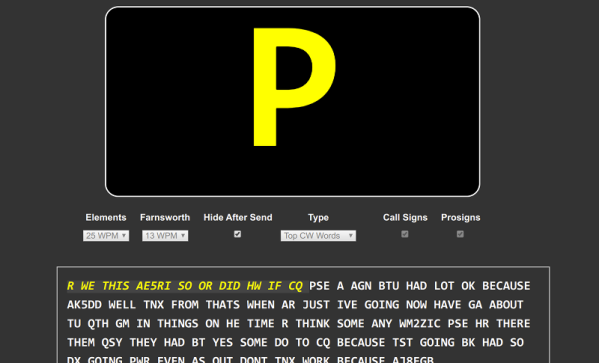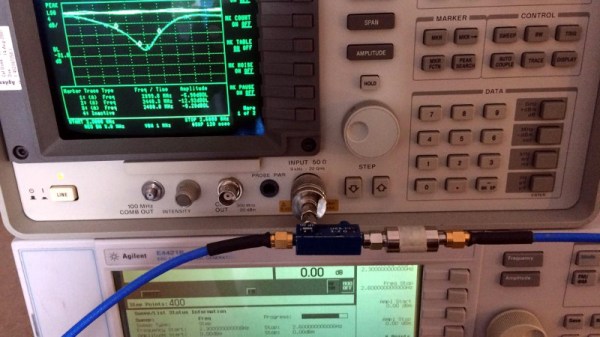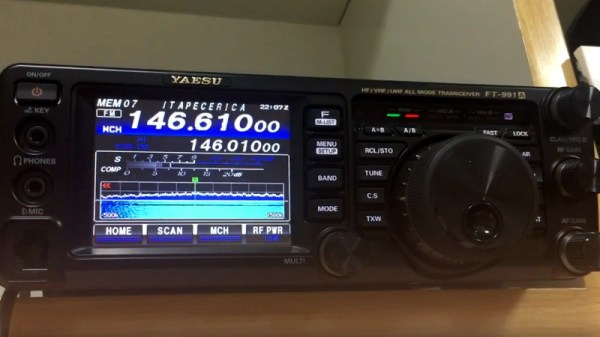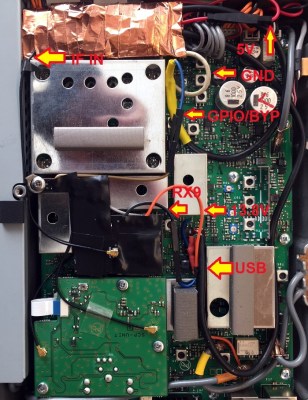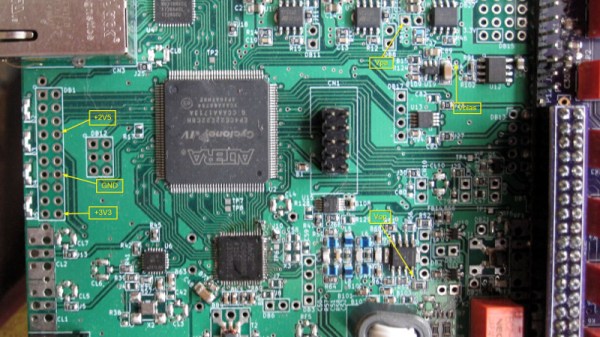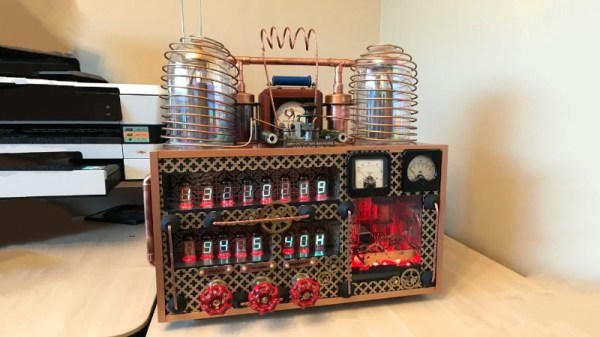Ham radio, especially the HF bands, can be intimidating for aspiring operators, many being put off by the cost of equipment. The transceiver itself is only part of the equation and proper test and measurement equipment can easily add hundreds of dollars to the bill. However, such equipment goes a long way to ease the frustrations of setting up a usable station. Fortunately [Ashhar Farhan, VU2ESE] has been at it again, and recently released the Antuino, an affordable, hackable test instrument for ham radio and general lab for use.
As you can probably guess from the name, it is primarily intended for testing antennas, and uses an Arduino Nano as a controller. It has quite a list of measurement functions including SWR, field strength, cable loss, RF cable velocity, modulation, and frequency response plotting. It also provides a signal source for testing. Its frequency range includes the HF and VHF bands, and it can even work in the UHF bands (435Mhz) if you are willing to sacrifice some sensitivity. The software is open source and available with the schematics on Github.
Most of the active ham radio operators today are of the grey haired, retired variety. If the hobby is to stand any chance of outliving them, it needs to find a way to be attractive to the younger generations who grew up with the internet. The availability of affordable and hackable equipment can go long way to making this happen, and [Ashhar Farhan] has been one of the biggest contributors in this regard. His $129 μBITX HF SSB/CW transceiver kit is by far the best value for money general coverage HF radio available.
See a short demonstration of the Antuino video after the break
Continue reading “Hackable Ham Radio Multitool Contributes To Long Term Survival Of The Hobby”

